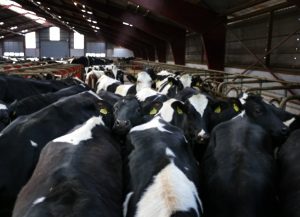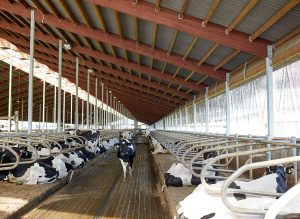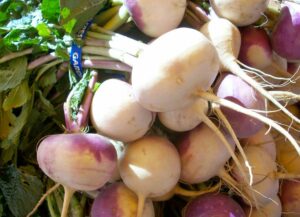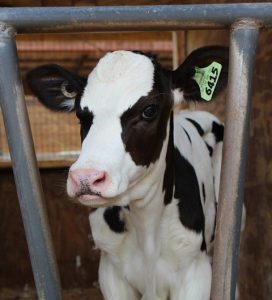María Villagrasa
The traditional practice of transhumance is common in milk production systems in the mountains regions to better use high-altitude summer pastures. Several studies have highlighted that grazing conditions in the mountains are strongly associated with changes in milk properties: although of lower protein content, milk produced in mountain pastures has more fat and is particularly rich in beneficial functional fatty acids.
On the other hand, transhumance involves several factors that can affect milk in the short term, including stress caused by reaching a less familiar, often steep grazing area with different grass quality and low partial oxygen pressure, among others. A study published in the J. Dairy Sci. compared the effects of the movement of cows of different genetic merit through mountainous regions, on milk yield and quality in the days after the change.
The experiment lasted three weeks and included a total of 12 cows at the end of their lactation of each of the Valdostana Red Pied, Montbeliarde and Holstein breeds (of different genetic merit). Three groups of four cows per breed underwent three successive treatments (walking, trucking and control).
The treatment of walking consisted of a 6 km route along a flat road, of 1.5 hours of average duration. In the trucking treatment, the cows were transported for 1 hour in a vehicle following a winding mountain road of 10.5 km. The control treatment cows were kept in a pasture pen to minimize their displacement. Milk production was recorded, and milk and blood samples drawn.
Milk production was reduced after walking
Trucking did not affect milk production, most likely because the duration of the journey was not long enough to cause a significant decrease in milk production. On the contrary, there was a decrease in milk production after walking, which the authors related to the additional energy expenditure needed by cows to cope with the physical exertion.
Other notable results are that plasma levels of non-esterified fatty acids (NEFA) were higher after the change, and more in trucked cows than those walking. Milk fat content increased in all three treatments, although it was higher in cows that moved both by truck and walking.
Somatic cell counts (SCC) increased in both treatments, in contrast to the control. This is likely explained because the movement of the mammary gland and inflammation caused by walking or trucking could trigger a transfer of somatic cells from the blood to milk.
Milk clotting properties were better for Valdostana Red Pied and Montbeliarde cows than for Holsteins but were not affected by walking or trucking. With regards to breed, it could be expected that cows with the greatest genetic merit would suffer more in movement treatments, this however was not the case in this study.
Cows manage their resources and prioritize functions such as lactation or reproduction in order to survive. The differences are probably more pronounced at the beginning of the lactation, when the need to redistribute their resources is even greater, and since the cows in the study were at the end of the lactation the authors believe that this could explain the absence of differences between the three breeds.
Conclusions
When simulating transhumance conditions were applied to the farm:
- A 6 km walk decreased milk production and increased plasma NEFA and milk
- An hour of truck transport did not decrease milk production, but did increase NEFA and changed the quality of milk by increasing both fat content and SCC.
- The response to displacement was not more intense in cows with greater genetic merit for milk production.
This study suggests that on dairy farms in the mountains, trucking cows could help prevent sharp decreases in milk production the day after transhumance, although milk quality would still be affected.
Reference
Koczura, M., Bouchon, M., Turille, G., De Marchi, M., Kreuzer, M., Berard, J., Martin, B. Consequences of walking or transport by truck on milk yield and quality, as well as blood metabolites, in Holstein, Montbéliarde, and Valdostana dairy cows. 2020. J. Dairy Sci. 103:3470–3478.
© 2021 Dairy Knowledge Center. All Rights Reserved.









